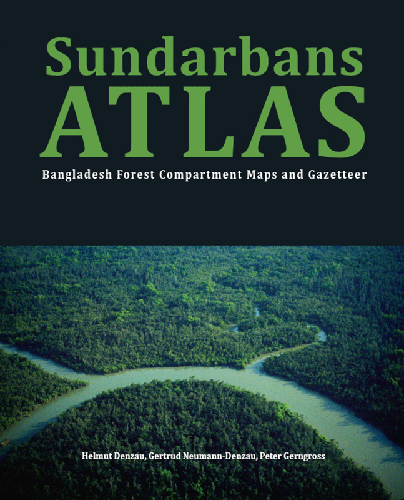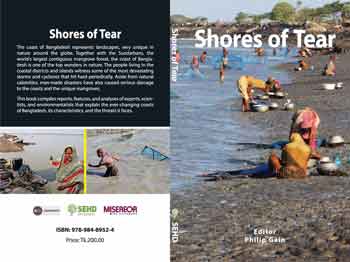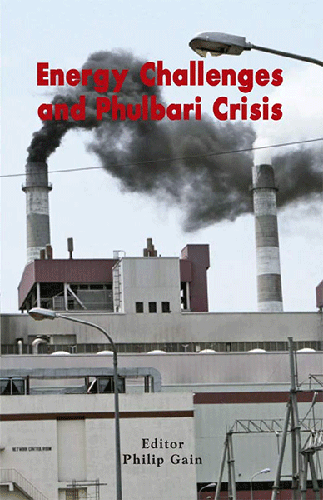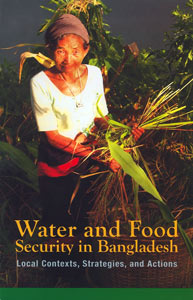
Leather Industry: Environmental Pollution and Mitigation Measures
The environmental impacts of the leather industry in Bangladesh.1998, English and Bangla, 68 pages, Paperback Tk.100 / US$5
The tannery industry in Hazaribagh (relocated to Savar from 2017), a densely populated area in Dhaka city, is a fitting example of how industrial wastes in some instances can be dangerous and disastrous. Of the 270 tannery units, 90% were located on 25 ha of land in Hazaribagh. The physical look and smell of the area is frightening and annoying. Trimmed leather, pieces of flesh from cow and buffalo hides, hair, liquid and solid wastes generated at different stages of production are spread and piled all over Hazaribagh in large quantities. Slabbed by the Dhaka protection embankment, the large quantities of wastes, both solid and liquid, are accumulated in the low land on the east side of Hazaribagh. Liquid waste makes its way on the other side of the embankment round the clock. This liquid waste ultimately goes into the water of the Buriganga River and causes immense harm to the fish and other species in water. Toxic materials in liquid waste seep into the surrounding cropland and underground water. Eventually, the tannery waste poisons the soil, water and air round the clock. Tannery wastes also poison the health, houses and utensils of those situated around.
 The environment inside the tannery factories is also obnoxious. The machinery used in the small and the medium sized tanneries are obsolete in the industrialised countries. Many of the chemicals used in these tanneries are very harmful for human health and any life form. A portion of these chemicals is disposed of as waste, which mixes into the water and soil. The labourers in the tanneries normally work with bare hands and feet and do not wear protective masks. There is ample evidence of the fatal impact of these chemicals on those working in the tanneries.
The environment inside the tannery factories is also obnoxious. The machinery used in the small and the medium sized tanneries are obsolete in the industrialised countries. Many of the chemicals used in these tanneries are very harmful for human health and any life form. A portion of these chemicals is disposed of as waste, which mixes into the water and soil. The labourers in the tanneries normally work with bare hands and feet and do not wear protective masks. There is ample evidence of the fatal impact of these chemicals on those working in the tanneries.
Leather Industry: Environmental Pollution and Mitigation Measures is the result of a one-year survey, study and laboratory tests. The report documents unprecedented environmental pollution in the tannery industry and compiles recommendations for mitigating pollution.
Publication Details
Published: 1998
Language: English and Bangla
Paperback: 68 pages
Compiled by: FMA Salam and Shah Md. Billah
Price: Tk.100 / US$5
Note: The tanneries from Hazaribagh to Savar has been relocated. But waste treatment remains a big challenge. The Central Treatment Plant (CEP) has not been operational and all the wastes are being dumped into the river and inside.




